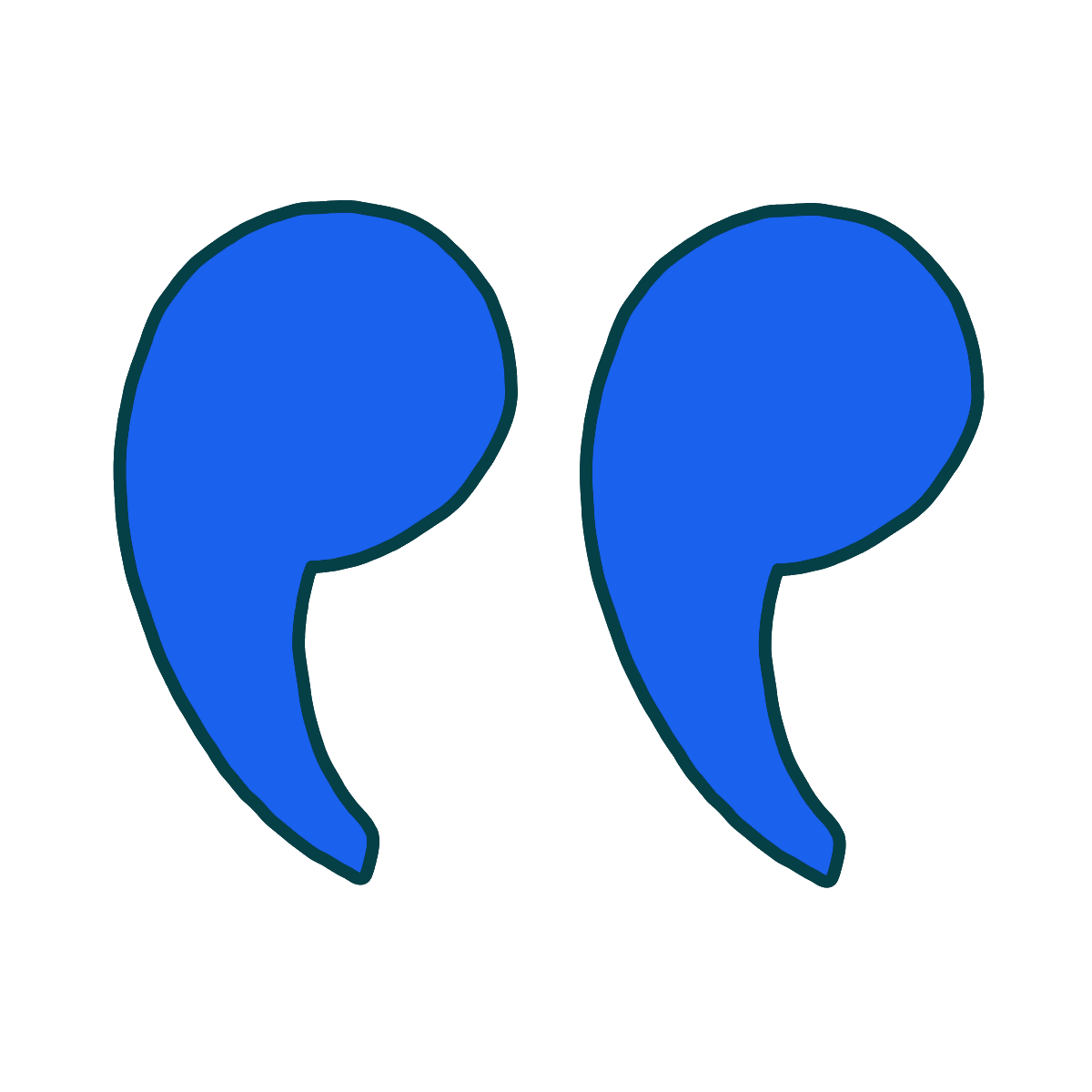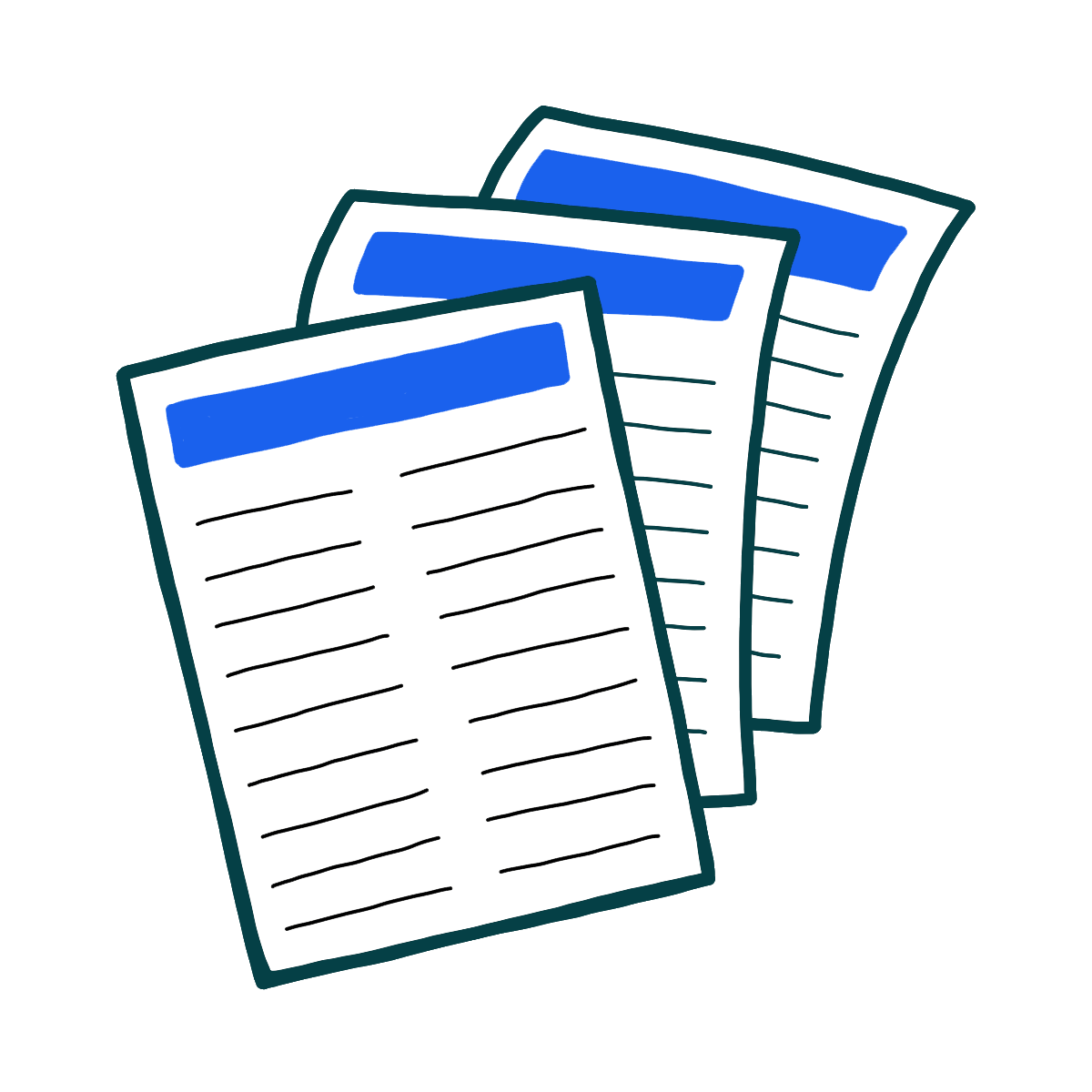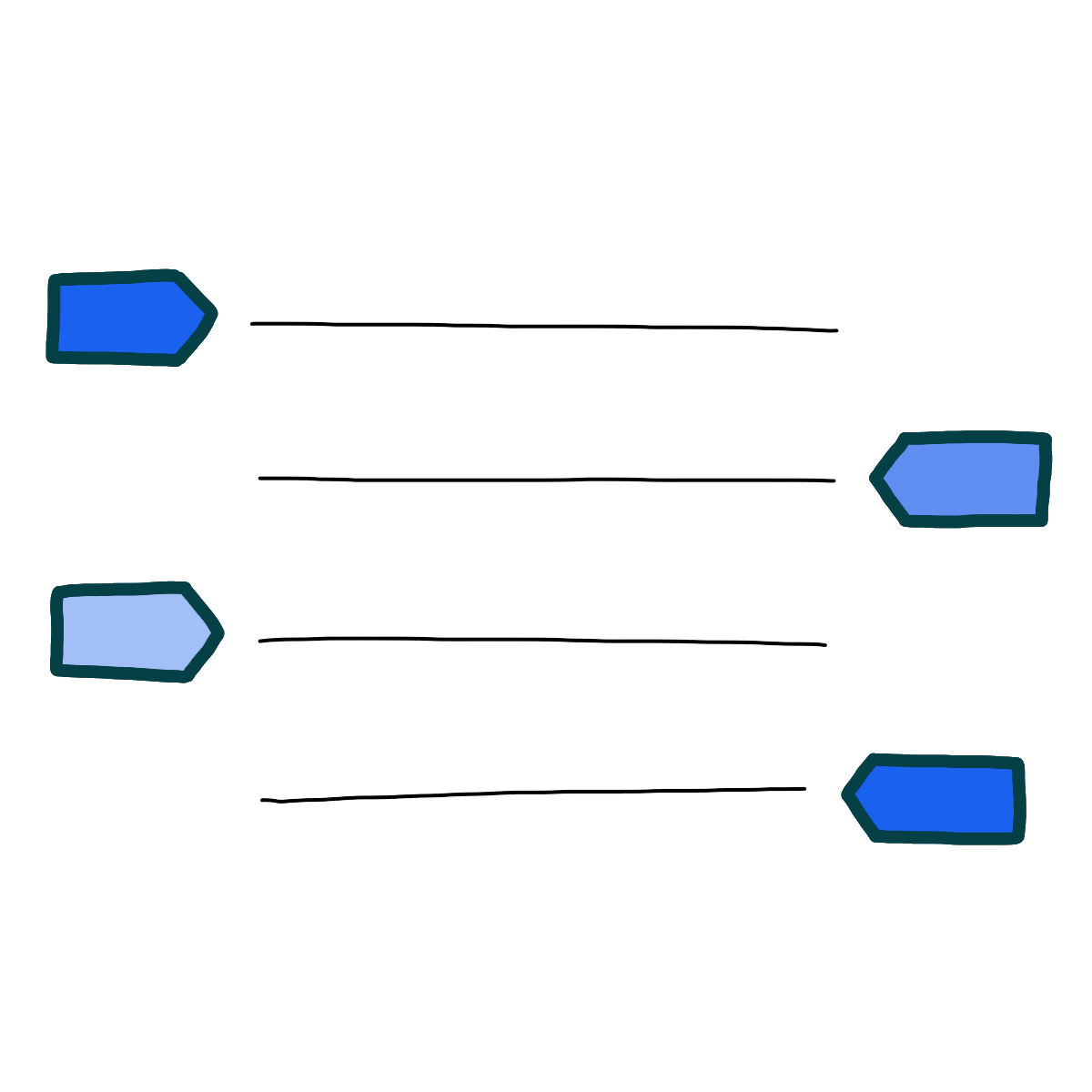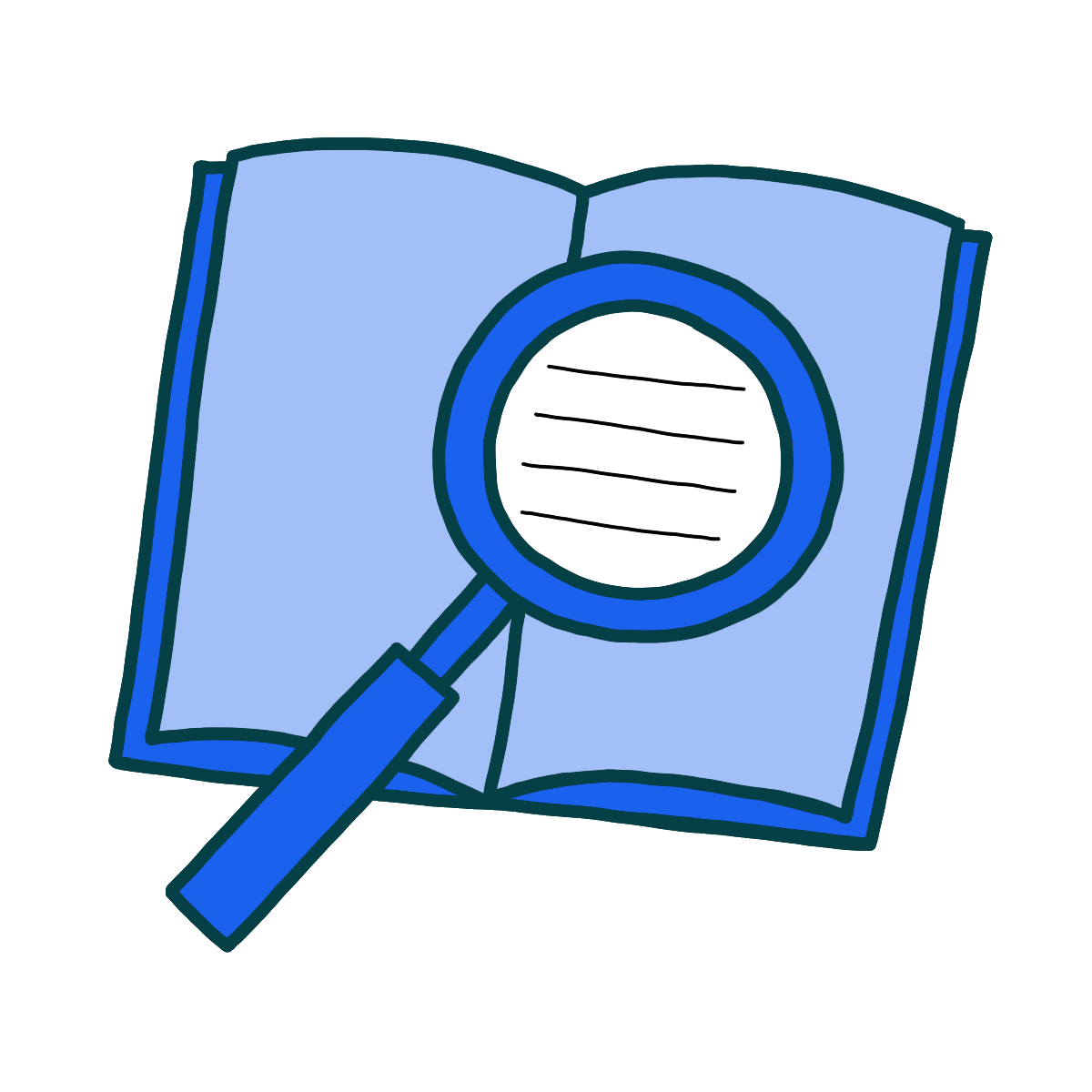Welcome to the LitCharts study guide on R. F. Kuang's Yellowface. Created by the original team behind SparkNotes, LitCharts are the world's best literature guides.
Yellowface: Introduction
Yellowface: Plot Summary
Yellowface: Detailed Summary & Analysis
Yellowface: Themes
Yellowface: Quotes
Yellowface: Characters
Yellowface: Symbols
Yellowface: Theme Wheel
Brief Biography of R. F. Kuang
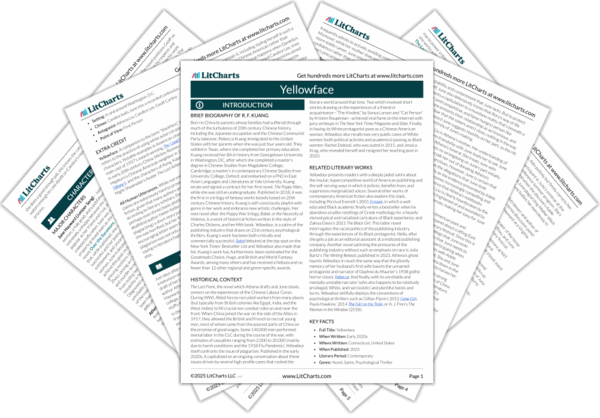
Historical Context of Yellowface
Other Books Related to Yellowface
- Full Title: Yellowface
- When Written: Early 2020s
- Where Written: Connecticut, United States
- When Published: 2023
- Literary Period: Contemporary
- Genre: Novel, Satire, Psychological Thriller
- Setting: In and around Washington, D.C.
- Climax: Candice baits June into a recorded confession.
- Antagonist: Athena Liu, Candice Lee, Geoff Carlino
- Point of View: First Person
Extra Credit for Yellowface
Yellowface. A companion to the term “blackface,” yellowface refers to the practice of using white actors to portray Asian characters. Notable examples in American cinema include the main cast of 1937’s award-winning The Good Earth, a movie set in early 20th century China; Mickey Rooney playing Audrey Hepburn’s Chinese American neighbor in 1961’s Breakfast at Tiffany’s; and the characters of Aang, Katara, and Sokka in M. Night Shyamalan’s Avatar: The Last Airbender (2010).
All Human Utterances. While not entirely common, plagiarism claims are notoriously hard to prove, especially in the realm of fiction, given that many authors are also avid readers and that, according to literary scholars, there are as few as 36 (or perhaps even three) basic plotlines in all of literature. When deafblind author Helen Keller was accused of (accidentally plagiarizing) a short story published when she was just a child, she was horrified, but her friend Mark Twain wrote her an encouraging letter years later in which he claimed that plagiarism was not only commonplace, but that anything worth saying in literature had probably already been said by someone else.



